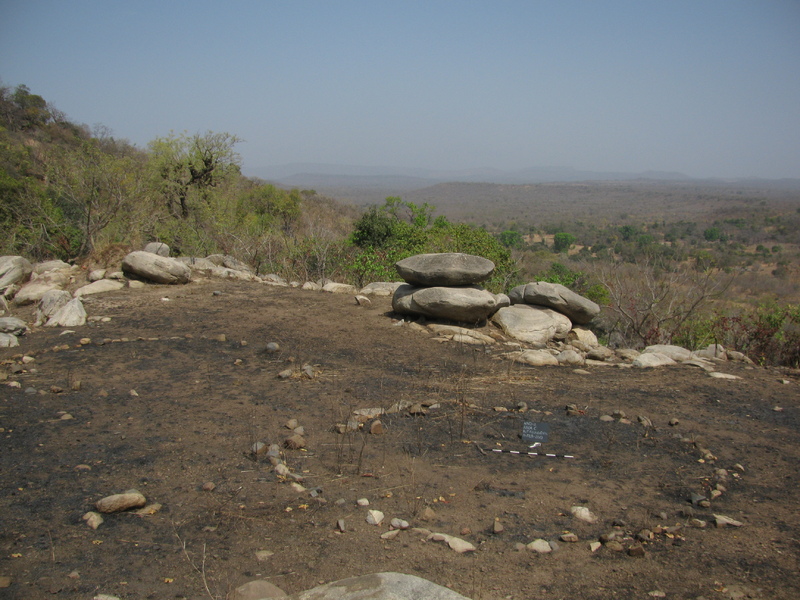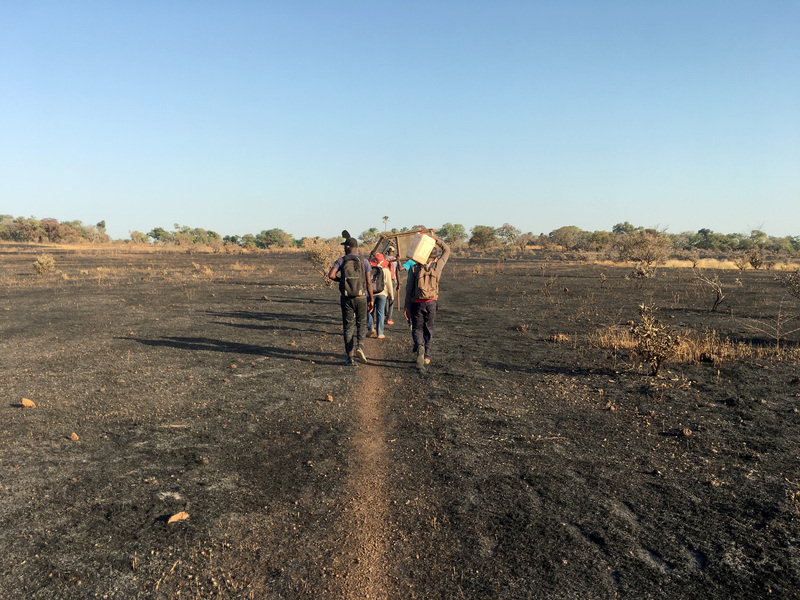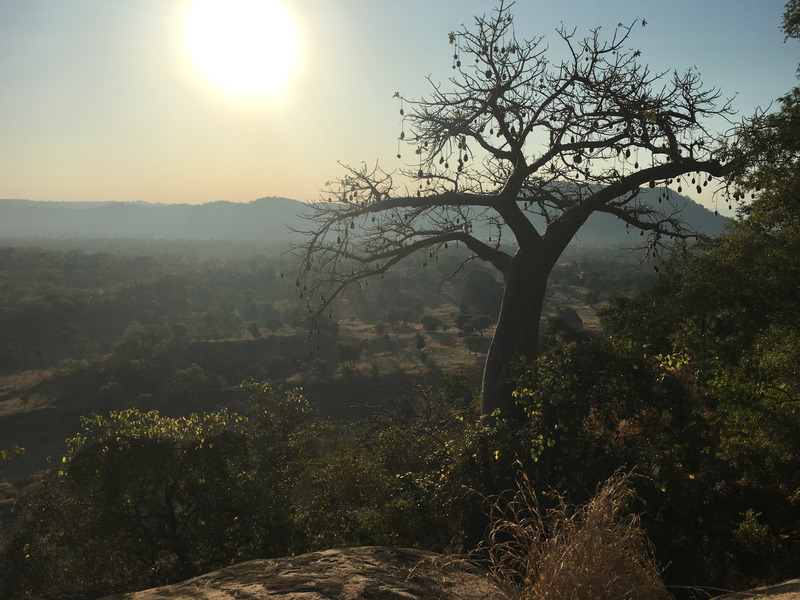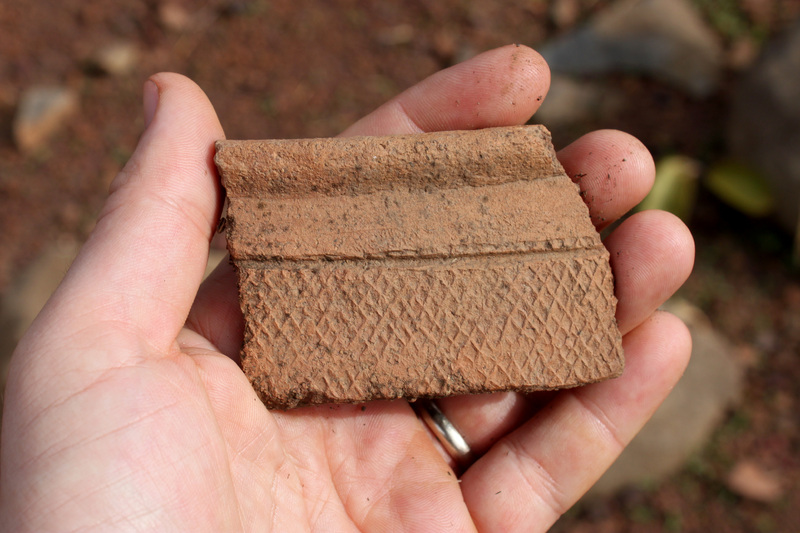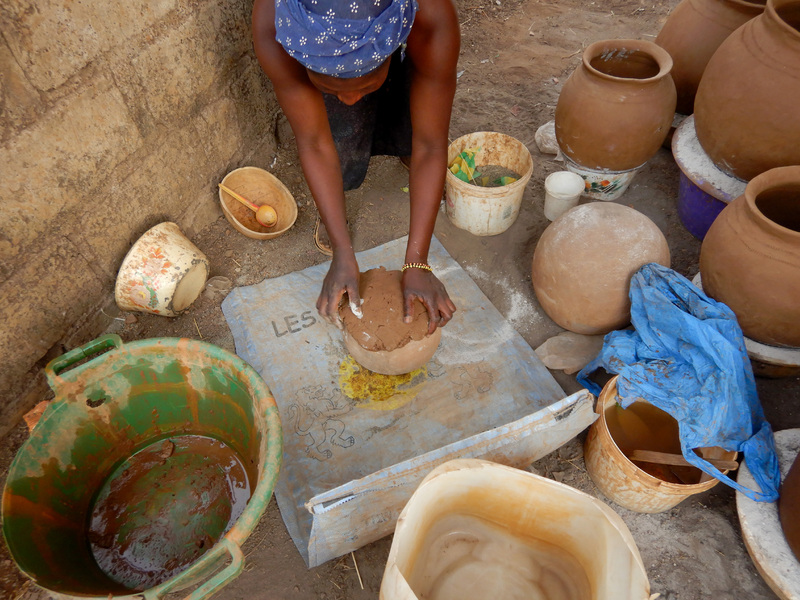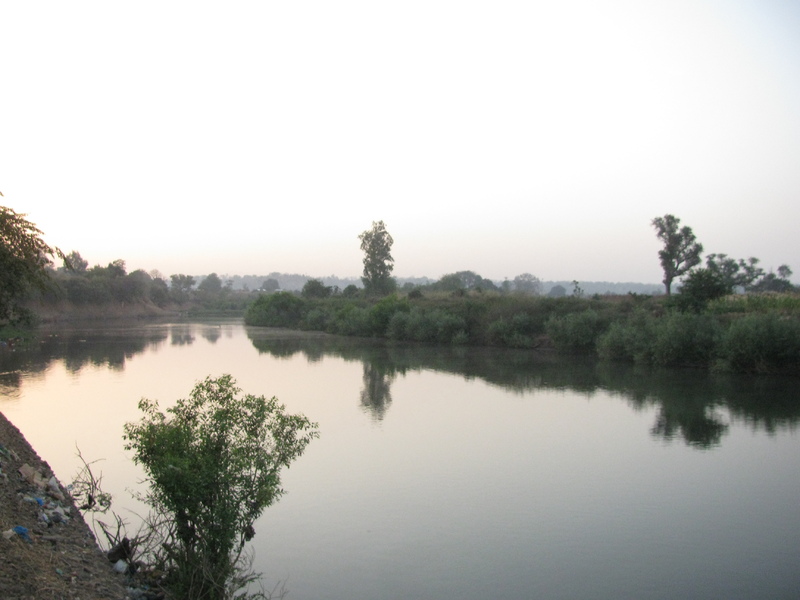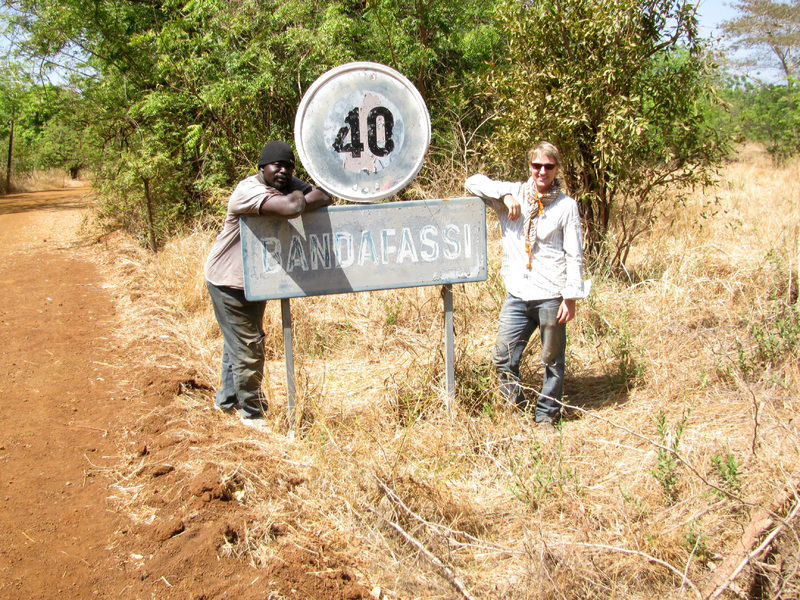Upper Gambia: A Dynamic Cultural Landscape
The Upper Gambia region of southeastern Senegal is a scenic expanse of savanna forest and rugged hills rising above the Gambia River as it wends down from the Futa Jallon mountains. Beyond the bustling town of Kedougou—a regional capital and crossroads for international trade—the landscape is a rural patchwork of villages home to ethnic Bassari, Bedik, Jakhanke, Jallonke, Malinke, and Peul peoples. Local livelihoods depend on subsistence farming and herding, as well as the production of crafts, such as baskets and pots, and commodities, such as cotton and gold, for regional and global markets. In 2013, the cultural and natural diversity of Upper Gambia achieved worldwide recognition with the establishment of the Bassari Country as a UNESCO World Heritage Site centered on the villages of Ethiolo (Bassari), Bandafassi (Bedik-Peul), and Dindefello (Peul).
How did the cultural landscape of Upper Gambia become so complex? Historical sources suggest that contemporary lifeways have been profoundly shaped by events unfolding across West Africa over the past millennium—the rise and fall of medieval empires and precolonial states, the growth in trade for gold and slaves, the spread of Islam, and the imposition of colonial rule. Village communities and ethnic identities across Upper Gambia have responded to these events through processes of innovation, migration, cooperation, and conflict. The Bandafassi Regional Archaeological Project (BRAP) works to study and celebrate these complex histories through collaboration between local and national partners in Senegal and the United States.
Drawing on nearly a decade of archaeological research by BRAP (2013-2022), this digital exhibition explores the history of Upper Gambia from the perspectives of past people living along the Gambia River and on and around the Bandafassi Plateau. The What’s Archaeology? section explains how archaeologists find and study the material traces of these people. The Archaeological Sites section compares local responses to global events through archaeological discoveries at (pre)historic settlements around five modern villages—Nathia, Andiel, Ethiowar, Itato, and Tenkoto. Lastly, the About section thanks those who made this exhibition possible, provides a timelines of BRAP research activities, and suggests resources for those who would like to learn more about the history and heritage of Upper Gambia.
